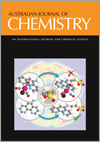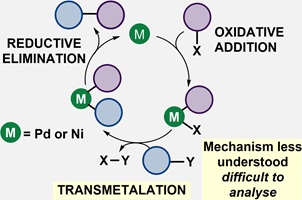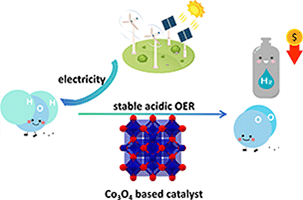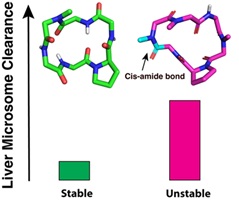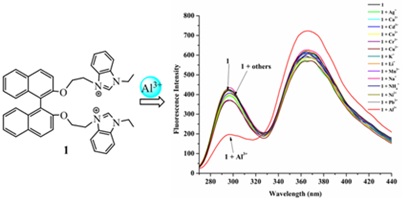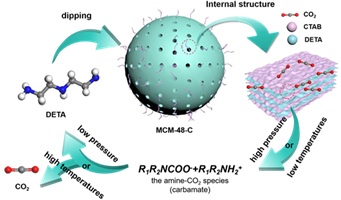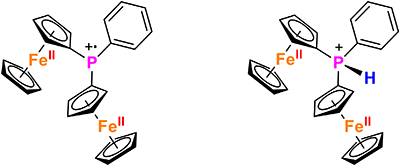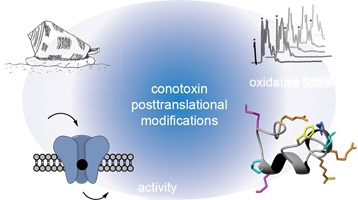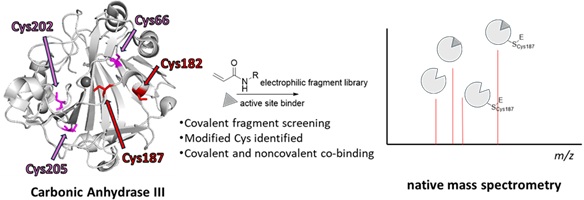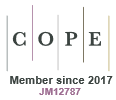CH25100Ribosomally synthesised and post-translationally modified peptides (RiPPs) from marine demosponges and their microsymbionts
 , Chamari M. Hettiarachchi, Paco Cárdenas and Sunithi Gunasekera
, Chamari M. Hettiarachchi, Paco Cárdenas and Sunithi Gunasekera 
This review highlights ribosomally synthesised and post-translationally modified peptides (RiPPs) from sponges and their microsymbionts. It covers sponge-derived RiPPs, including asteropine A, asteropsins, barrettides, aculeines, stylissamides, recifin A, neopetrosiamides and halichondamide A, as well as RiPPs isolated from sponge microsymbionts, such as polytheonamides, lanthipeptides and thiopeptides. Finally, the review summarises current analytical and genomic tools for RiPP identification and emphasises future perspectives for exploring their ecological and pharmaceutical potential. (Image credit: Sunithi Gunasekera, Jayani Gamage and Paco Cárdenas.)
This article belongs to the collection: 70th Birthday tribute to Professor David Craik.
CH25100 Abstract | CH25100 Full Text | CH25100PDF (3.8 MB) Open Access Article


